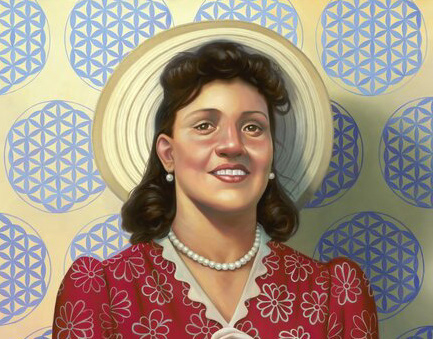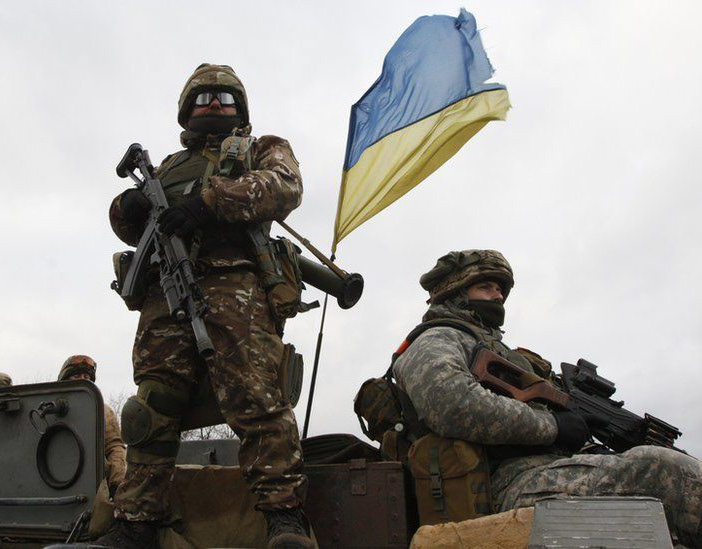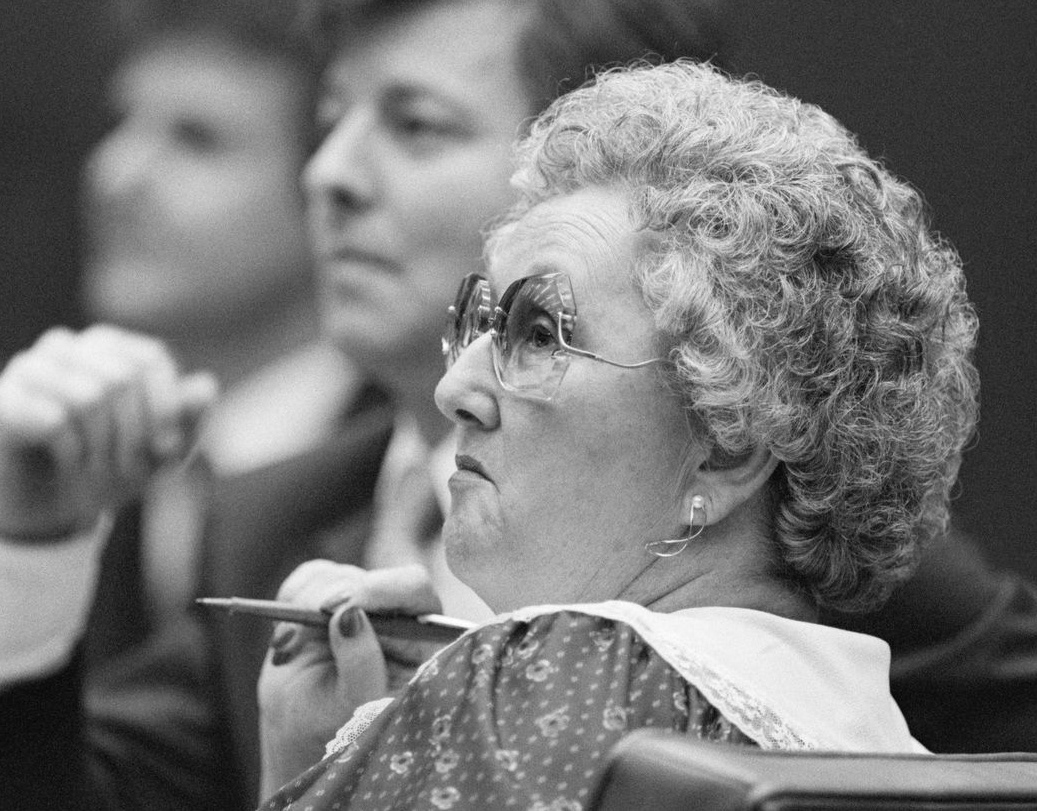Politicians tend to speak about politics when running for political office. It is a simple construct of how things are supposed to go. When something like Abraham Lincoln’s 1834 campaign happens, though, the entire system is met with a challenge: the power of branding. In his run for state legislature, Lincoln, the great orator, spoke minimally on any issues or promises. Instead, his entire campaign was built around a public image; he told jokes, visited people at home, and gave himself a face to the people. This was more than just self-promotion, it was Lincoln’s own branding, controlling the image he put into the public. With the Internet having become a hub of knowledge and communication, particularly through social media, politicians have begun using it to connect with people in the same way that Lincoln gained support early in his career. Evolving technology has pushed the presidency to be a role of branding, communication with the people, and online navigation as much as it is political. Today, the president and presidential nominees need to connect through platforms like Facebook and Twitter for the public to recognize them; “recognize” is not only used as the American people being able to identify someone by name, but also in the sense that media presence has become a validation of political power.
Though not tied to technology, the branding a public figure makes for himself/herself is aided by it. The image John F. Kennedy created by allowing the press into the White House not only shaped the President’s relationship with the public at the time but also continues to bend a rather unremarkable administration into one revered. Being the first president to take advantage of live television, he held regular televised news conferences (sixty-four in total and viewed by an average of 18 million people) that allowed him a more casual connection and new level of intimacy. The image that he projected, like those of other presidents, gave the American people something to clearly identify in terms of who Kennedy was and what he stood for. His successful legacy is rooted in the strong brand identity he left – the idea of the “Camelot Years.” Creating this iconic image relies on a president consistently pushing an idea. AdWeek analyzed this in regard to Obama’s “Change” campaign, stating, “The consistency of that identity was even stronger than the identity itself. He owned the idea of change.” These brand identities are often simple, black and white images but, by persevering through time, it is now part of the public consciousness that Washington was a born leader, Jackson was a warrior, and Lincoln was a moralist. Depending on how defined their respective identities are, presidents have often been remembered better or worse than the work they actually did, some being seen as champion politicians, some simply as fillers, and some much worse, with their political performance only influencing this rating.
More often than not, politicians are polarized and carry a legacy of either the first or third options above. This has begun to occur more often before a politician is even elected to the White House in how they brand themselves and their opponent, with particular emphasis on television commercials. Through much of the medium’s life, some candidates have devoted more airtime to discrediting opponents than supporting themselves. With television, communication becomes much more specific than simple media presence previously discussed. Audio and visuals now available through television allowed politicians the option of calling competitors out on any inconsistencies or false promises in their legislation. More than this, commercials allowed a stronger use of emotion than other means of branding with their combination of audio, visual, editing, and effects. The earliest political campaigns connected through voters’ pathos, Eisenhower and the Korean War for instance, and this trend continued into the modern day with references to the World Trade Center Attacks in Bush’s commercials. This allowed presidential nominees access into voters’ homes even further by relating on a deeper level and talking about hard or sensitive topics smoothly. In television specifically, options arose, such as specific stylization and music, which would further define the identity a nominee built. The mix of straight facts and emotional hooks became one of the prime avenues politicians could take in extending name recognition and brand identity, even if the political intrusion onto television sets would not always be welcomed.
To combat the aversion people had built up to conventional advertising like commercials, politicians moved to the online world. Though this method of communication still carries a heavy stigma of being shallow and amateurish, the power of Twitter specifically cannot be underplayed; much like Lincoln’s 1834 campaign tactics, this grants each president the ability to engage in a dialogue with the people in their own characterized way. President Obama, the first president to have a social media presence while in office, focuses on bolstering causes and government actions important to his administration. It was seen in the 2012 election that the strength of a presidential candidate could be found in Twitter numbers. In Mitt Romney’s convention speech, Twitter activity related to him peaked at 14,000 tweets per minute. Barack Obama’s, conversely, reached 54,000 tweets per minute – and Michelle Obama added an extra 28,000 to that. Twitter in particular has become the new political commercial, harkening back to the earliest election campaign commercials. A nominee is not only selling himself/herself to the people, but also selling with the people. With more than fifty million Twitter followers, President Obama is doing a lot of selling. This means that coverage and spin on politics, as well as how Obama presents himself personally, is keenly controlled for an audience almost as wide as some of Kennedy’s earliest news conferences. Any other mode of communication would reach only a fraction of this audience in the current, media-fractured world. With the levels of control and reach social media offer, the president and any nominees are able to establish themselves, their politics, and their commitment to party lines in ways that have never before been seen.
This is an interesting phenomenon considering how it may influence the image of future presidents. The term “parasocial relationship” refers to a one-sided relationship where member one feels incredibly strong personal feelings for the other, while member two may not even be aware of the relationship. Though most commonly seen between celebrities and fans, the constant media presence on future presidents could put politics in the distant background. People have always liked the Kennedy and Clinton types for their charisma, and the ability to share intimate details means the demand for it. If this becomes the case, more so than ever before, the presidency would become a place for performers more than thinkers. The success of past presidents and each of their legacies show that people like identities built up and shown off, and the country may see an increase in Reagans and Schwarzeneggers. This isn’t necessarily a bad thing, as many presidents with strong brand identities have also succeeded as leaders. It does, however, beg the question of whether future candidates may be overlooked because of something as simple as lacking Twitter presence.




